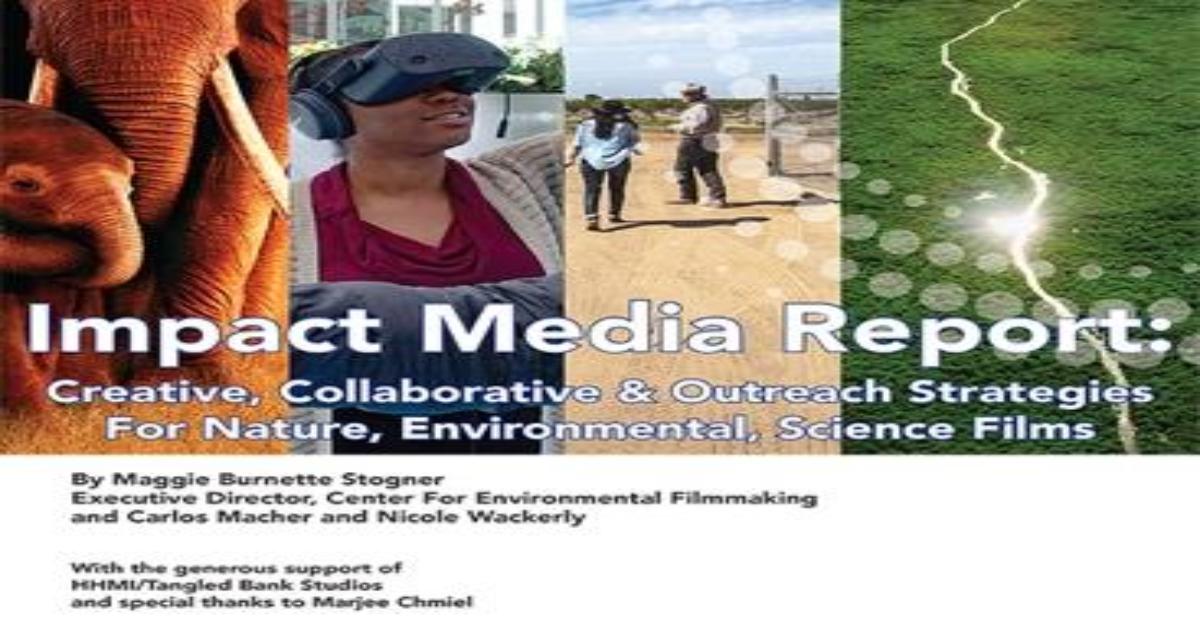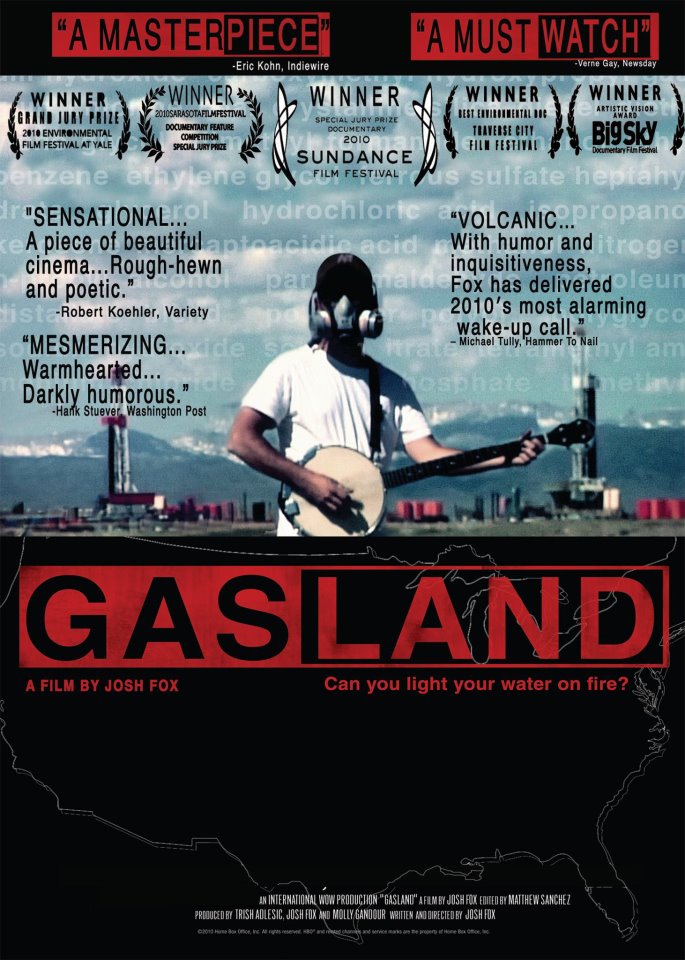The Center for Environmental Filmmaking provides up-to-date information on how to leverage films for meaningful change. Here are some excellent resources:
The CEF 2020 “Impact Media Report” (www.cefimpactmedia.org) AND CEF - Impact Media Report2020 (For mobile devices: CEF-Impact Media Report2020_Mobile)deepens our understanding and furthers our thinking about how nature, environmental and conservation science media can change hearts, minds and behaviors. We have unprecedented opportunities to engage audiences in the critical challenges facing our planet, from climate crises, pandemics, species extinction, to environmental injustice and racism. The report addresses how can we use media as a positive agency for individual, societal, policy, and cultural transformation. It provides innovative, visionary ways to engage and achieve lasting impact, from mass audiences to micro-targeted decision-makers. Its case studies provide models for increasing diversity, equity and inclusion; building media capacity in local communities; and amplifying of a global range of perspectives.





